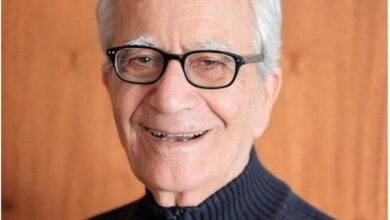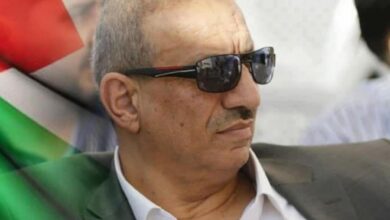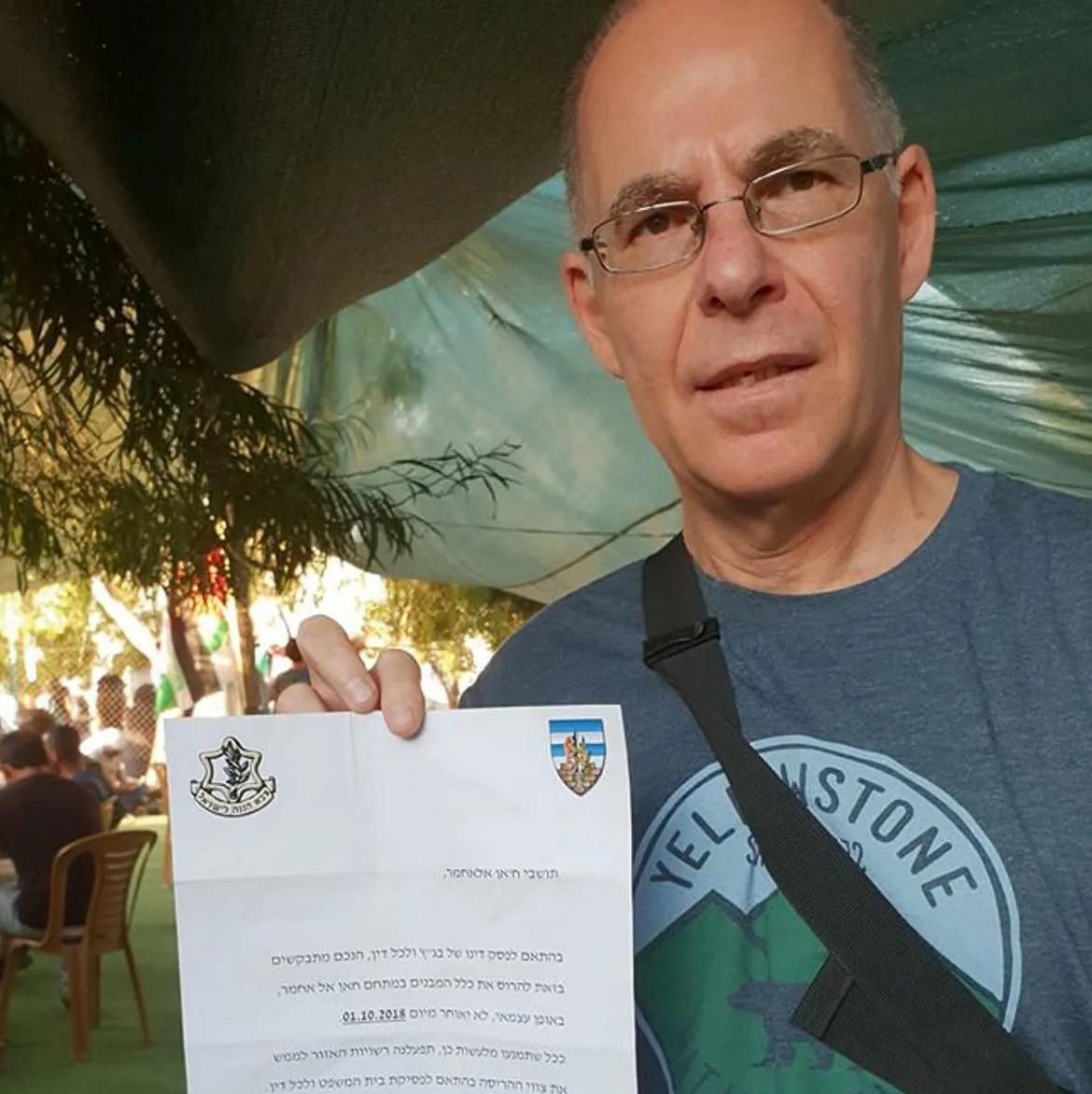The Roots of Lebanese Hezbollah (Part I)
By Dr. Salim Hussain
Talking about the Lebanese Hezbollah is characterized by hypersensitivity, as this party has a peculiarity that distinguishes it from the Iraqi parties and militias and from the Houthis in Yemen. Although it is completely identical with them in terms of dogma and ideology. It differs from them in terms of its historical origin, development, and practices in the Lebanese arena, particularly in the jurist’s relation to the concept.Accordingly, it is necessary to examine the roots of Persian Shiite political Islam in Lebanon, dating back to 1958, when Musa al-Sadr arrived in Lebanon and founded the Amal Movement, from which Hezbollah emerged. We start with the following incident: Mr. Sobhi Abdel Hamid says:
During April 1964, I was the Minister of Foreign Affairs in the Ministry of Lieutenant General Taher Yahya Al-Thani when the Iranian state decided to appoint Seyyed Mehdi Beraistah, who is close to the person of the Shah of Iran, as its ambassador to Iraq<<.
President Abdulsalam Aref paid attention and addressed him in a commanding tone: Stand at your limits… The Shiites of Iraq are unruly Arabs, and they are our citizens, our families, our dear ones, and in our hearts, and they do not need anyone to become their guardian. I consider this to be interference in our internal affairs that we do not accept from anyone, so I reject your credentials, and I will go out and convey my greetings to Shah Ansah to send us a more polite and original ambassador. The interview ended”…))
I refer this incident to say that the Shah of Iran, before Khomeini’s arrival, had expansionist dreams and had his own project, where Shahpour Bakhtiar, who was imitated by the Shah when he left Iran, mentioned that Shah Mohammad Reza Pahlavi had great expansionist dreams, so he sent Musa al-Sadr to Lebanon to promote the project of establishing a Shiite state that includes Iran, Iraq and Lebanon, and the Shah promised five hundred thousand dollars in return. The beginning of the appearance of Musa al-Sadr in Lebanon dates back to the following incident: When the Shiite authority of Lebanon, Abd al-Hussein Sharaf al-Din, died in 1958, the Sharaf al-Din family asked one of their relatives to come to the city of Tyre to succeed Abd al-Hussein in this authority, as he had stipulated this person for his caliphate, and this person was Musa al-Sadr (born in Qom, Iran in 1928 AD), and Ayatollah Mohsen al-Hakim agreed to send him to Lebanon, as his father was one of the great ayatollahs. In Iran, this marja’ graduated from the University of Tehran, Faculty of Law, Economics, and Politics. Despite this, he received the title of “Imam” and mastered Arabic, English, French, and Persian. When Musa al-Sadr arrived in Lebanon in 1958, he obtained Lebanese citizenship after Fouad Shihab granted it to him by a royal decree, despite being an Iranian and a member of the Iranian royal family. This decision was unique because granting Lebanese citizenship to non-Christians was a tough decision, and it was an empowering move for Sadr to make. Representing a significant step forward for Lebanon, this initiative challenges the status quo. “Al-Sadr’s personality, beginnings, role and alliances were the subject of many questions, as they were surrounded by great ambiguity and many question marks, this is Kamel al-Asaad (the former Speaker of the House of Representatives, who is a Shiite), said in an interview published in the Lebanese Incidents Magazine on 3/1/1975: There is more than one question mark that revolves around the plan implemented by Musa al-Sadr and the people who support him here and abroad, and the dimensions of this plan in Lebanon and abroad.
What did Musa al-Sadr do in Lebanon during the period 58-78 years of his disappearance in Libya?
There is no doubt that this man had a special charisma, attractive and influential. He differed from the classical religious authorities in the Hawza who issued fatwas; he possessed great intellectual energy, was a skilled interlocutor, had knowledgeable and expert authorities, excelled in diverse areas, and was proficient in cultivating relationships. He possessed authorities who differed with many Arab presidents and numerous leaders of Lebanese national parties. He knew how to proceed with his project in a step-by-step manner.
First: The establishment of the Supreme Shiite Islamic Council: Al-Sadr struggled a lot to annex the scattered diaspora of the Shiites of Lebanon, and as soon as the reconciliation began, he sought to completely separate the Shiites as a sect independent of the Muslims in Lebanon, as the Muslims in Lebanon had one mufti and one fatwa, and the mufti at that time was Sheikh Hassan Khaled (who was later assassinated), and the Shiites claimed that Sheikh Hassan Khalid refused to reach a joint work with them, and the Shiites thought of establishing the “Supreme Shiite Islamic Council.” In 1966, the Lebanese parliament approved its establishment, and al-Sadr was chosen as the Speaker of the council. Thus, the Shiites became an officially recognized sect in Lebanon, alongside the Speaker, the Sunnis, and the Maronites. This council became the new political and religious authority, concerned with everything related to the Lebanese Shiites and all matters of their life and death. The authority of this council transformed from an individual reference to the authority of its founders, although the role of personal authority was not abandoned.
Second: The establishment of the Movement of the Deprived on June 22, 1973: At the beginning of this movement, this movement took on the social character and called for the improvement of the conditions of the Shiites in Lebanon, especially the inhabitants of the south, and Sadr set shining slogans for it, such as faith in God, freedom, social and national justice, and the liberation of Palestine. The large demonstrations that gathered tens of thousands of people and included the wings of the Lebanese Shiites in the south, the Bekaa, the countryside and the city, were the slogans of the lifting of the deprivation to distinguish the Shiites themselves, who established the truth against Shiism over what the Shiites see as tyranny or “oppression”, to distinguish them from those who abandoned their people and joined the privileged. The slogan of “deprivation” had an unifying role, as it reminded them of the difference between the Shiites and others within the same group or class.
Sources:
1- Hezbollah under the microscope: a holistic vision – Ali Hussein Bakir
2- Shiites in Lebanon – From Marginalization to Active Participation – A Group of Researchers 2012
3- Is the Syrian Revolution a Holocaust of Hezbollah, Ali Al-Amin et al., 2014
4- Abdel Moneim Shafiq, The Truth of the Resistance: Hezbollah’s Vision Different, 1st Edition, 2000





